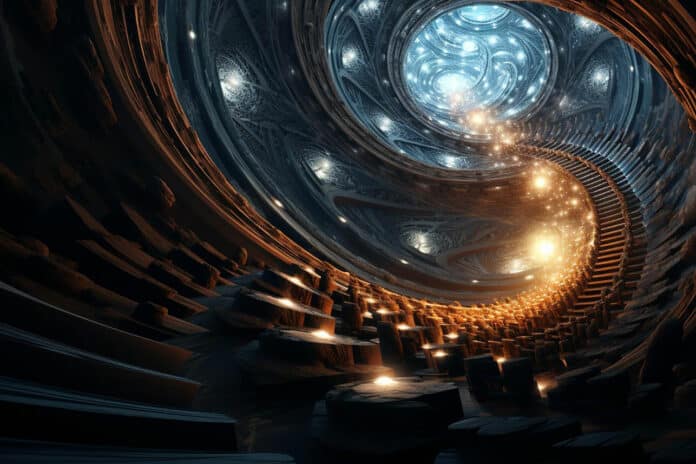The orbital Hall effect refers to generating electron orbital angular momentum flow transverse to an external electric field. It has been theoretically predicted, but its direct observation is a challenge.
In a new study, scientists from Ohio State University used a novel technique to confirm this previously undetected physics phenomenon.
Theorists hypothesized that magnetic currents produced by the orbital Hall effect would be more superficial to detect flowing alongside light transition metals, which have materials with weak spin Hall currents.
Roland Kawakami, co-author of the study and a professor in physics at Ohio State University, said, “Over the decades, there’s been a continuous discovery of various Hall effects. But the idea of these orbital currents is a brand new one. The difficulty is that they are mixed with spin currents in typical heavy metals, and it’s difficult to tell them apart.”
In this study, scientists demonstrated the orbital Hall effect by reflecting laser onto various thin films of the light metal chromium to probe the metal’s atoms for a potential build-up of orbital angular momentum. After nearly a year of meticulous experiments, they finally found a distinct magneto-optical signal, demonstrating that electrons gathered at one end of the film had orbital solid Hall effect characteristics.
Kawakami said, “This successful detection could have huge consequences for future spintronics applications. The concept of spintronics has been around for about 25 years or so, and while it’s been perfect for various memory applications, now people are trying to go further.”
“One of the field’s biggest goals is to reduce the amount of energy consumed because that’s the limiting factor for jacking up performance.”
Future magnetic materials can function with less energy overall, which could lead to improvements in dependability, speed, and power consumption, as well as a longer useful life for the device. According to Kawakami, using orbital currents rather than spin currents could save time and money.
The scientists intend to further explore the intricate relationship between spin Hall and orbital Hall effects, noting that this work opens up a means to understand more about how these weird physics events emerge in various types of metals.
Journal Reference:
- Igor Lyalin, Sanaz Alikhah, Marco Berritta, Peter M. Oppeneer, and Roland K. Kawakami. Magneto-Optical Detection of the Orbital Hall Effect in Chromium. Physical Review Letters. DOI: 10.1103/PhysRevLett.131.156702
